Today is the last day of the 2010s, a decade in which a lot has happened in Paris. It’s fair to say it’s had its ups and downs. Low points include the 2015 Charlie Hebdo and Bataclan massacres; the loss of the roof and spire of the Notre-Dame earlier this year; and extreme weather including dramatic floods and a record heatwave. In more positive news, Paris won the bid for the 2024 Summer Olympics, welcomed a victorious national football team after the 2018 World Cup, and hosted the COP 21 for the signing of the Paris climate accords.

For today’s blog, let’s look specifically at some of the decade’s key movements in the region’s transport sector. tl;dr: the region gained 6 new tramways, saw major bus developments, welcomed new bike and scooter hire schemes, and reassigned swathes of land from motor traffic lanes to greener uses.
Ticketing on the region’s transport network
In 2019, Paris finally introduced a pay-as-you-go version of its Navigo card. Navigo, a contactless card for use across the region’s transport network, has long been available for weekly, monthly and annual subscribers, but occasional users were still required to use paper tickets. Now, these tickets can be loaded onto a Navigo Easy card. It’s still rather less flexible and useful than (for example) London’s Oyster or Hong Kong’s Octopus, but it’s definitely a step in the right direction.
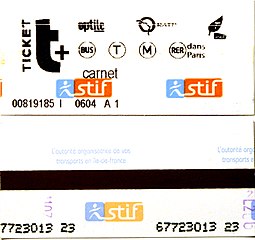
Metro
Three metro lines saw extensions this decade:
- In 2011, line 8 was extended 1.3 km, to Pointe du Lac, to serve the southern part of Créteil and its housing, business district and football stadium.
- In 2012, line 12 saw its first extension since the 1930s, northwards from the Porte de la Chapelle to Front Populaire, where it serves the inner-ring suburbs of Saint-Denis and Aubervilliers. This is the first phase of a project to bring the line to the centre of Aubervilliers.
- In 2013, Line 4 was extended outside the city limits of Paris for the first time, to a new southern terminus in Montrouge. This, again, is part of a longer project, which will place the town of Bagneux on the metro map.
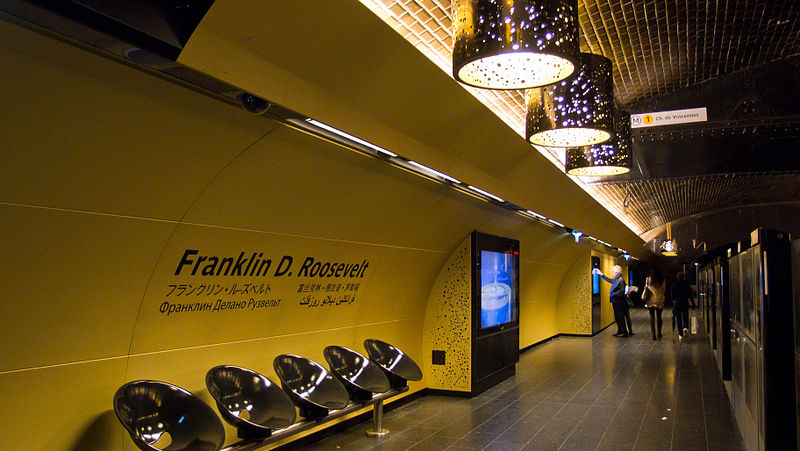
In December 2012, Line 1 became the second line of the Paris metro to run without drivers. The first, Line 14, was fully automated from its inception in 1998; automating line 1, which opened in 1900 and operates along an important commuter axis, was a different undertaking as it had to be completed with a minimum of disruption to passengers. It’s one of the first lines in the world to be initially designed as manual but later to be automated; for over a year, a combination of driverless and traditional trains operated together. The busiest line, with an annual ridership of 181.2 million as of 2017, it is at the time of writing one of only two lines to be operating a full service. Thanks to the strikes underway in Paris since 5 December, only the fully automated lines are running as usual.
RER
None of Paris’s 5 RER lines has been extended this decade, but the network has seen two new stations: Créteil-Pompadour, in the southwestern corner of Créteil, which replaced another station further south; and Rosa-Parks, the third station of Line E within the city proper, near the northern edge of the 19th arrondissement.
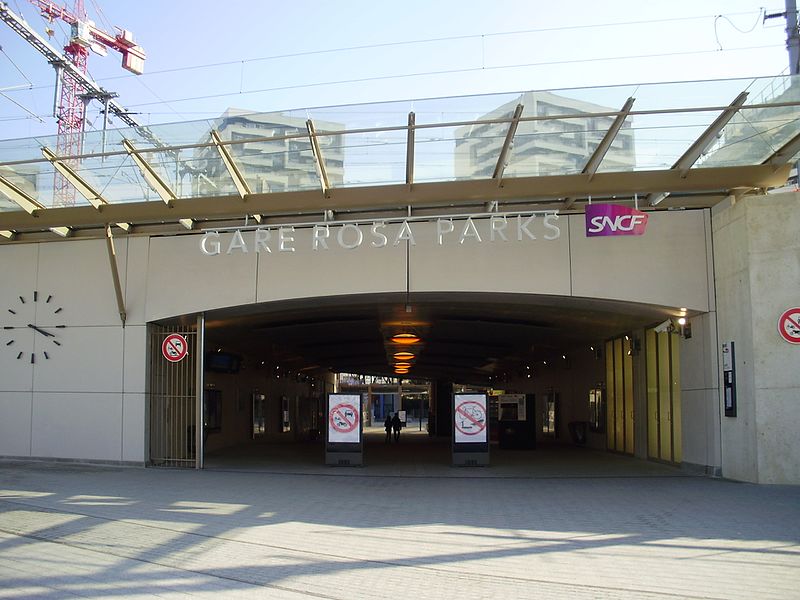
Tramway
In recent years, the region’s tramway network has been rapidly developing. Capable of carrying large numbers of people without the need for costly tunnels, it’s been a helpful choice in the suburbs. Several new lines have opened in the past decade:
- Line 3b opened in 2012, and today links Porte de la Chapelle with Porte d’Asnières. Together with line 3a in the south, it runs along the boulevards des Maréchaux in a partial ring around Paris, fulfilling a similar function to its historic predecessor, the Petite Ceinture.
- Line 5 and 6 opened in 2013 and 2014 and use rubber-tyred trams. Line 5 runs north from Saint-Denis, while line 6 links the southwestern suburbs of Châtillon, Clamart and Vélizy-Villacoublay.
- Line 7 opened in 2013, running south from the Villejuif terminus of Metro Line 7 to Orly airport. This is a useful route for passengers wanting to reach the airport cheaply: with only two t+ tickets you can travel from central Paris using a combination of metro and tram.
- Line 8 opened in 2014, connecting the towns of Saint-Denis, Villetaneuse and Épinay-sur-Seine in the north.
- Line 11 Express, a tram-train line also running in the northern suburbs, opened in July 2017.
In addition to these new lines, other tram lines – the 1, 2 and 3a – were extended in the 2010s.

Bus
For routes where a traditional bus line won’t cut the mustard but laying tram tracks would be overkill, the region has another modern transport technology at its disposal: Bus Rapid Transit.
The story of BRT in the region started in 1993, with the Tvm (Trans-Val-de-Marne), which links the suburbs of the département of Val-de-Marne, south of the city. This line has a number of features placing it in the category of BRT, including fully dedicated rights of way, priority at traffic lights, and stations with full-length raised platforms and ticket machines instead of simpler bus stops. It was joined this decade by two new lines:
- the new incarnation of the 393, linking the new metro and RER stations in Créteil (Point du Lac and Créteil-Pompadour) and connecting with the Tvm;
- T Zen 1, in the southern part of the outer ring of suburbs, connecting Corbeil-Essonnes with Lieusaint. Four other “T Zen” lines are planned for the next few years.
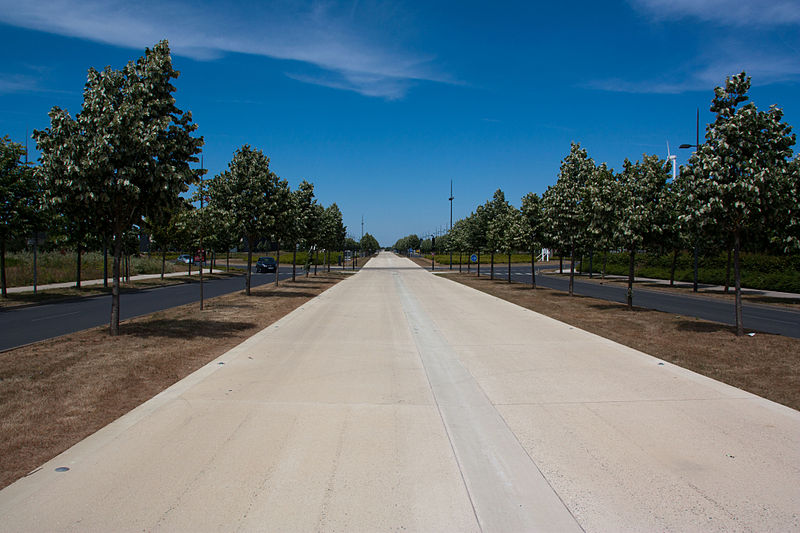
Two major changes happened in the bus network of the city proper this year. The first was the installation of new bus shelters. If you ask me, these are quite stylish, albeit offering minimal shelter in bad weather. Their biggest plus point is the 4 m masts which make them easy to find and provide at-a-glance information about which lines are served at each stop. Unfortunately taxi stands are made to the same design, which can be frustrating when looking for a bus.
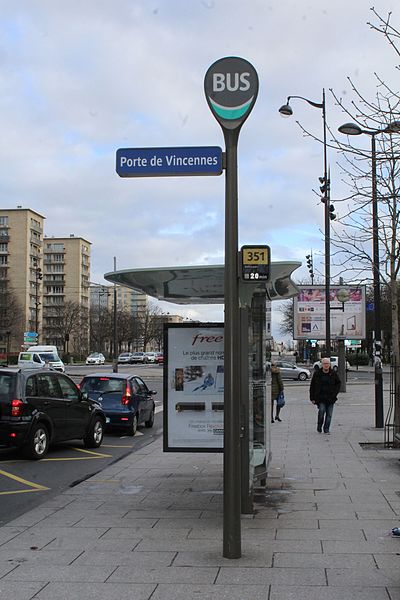
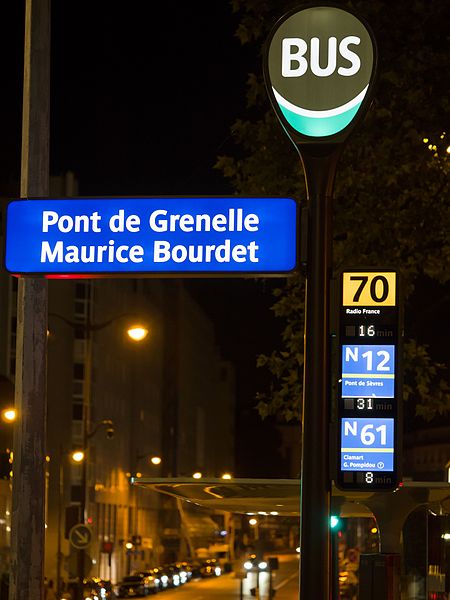
The second occurred on 20 April 2019: a redesign of the network. This wasn’t a complete redrawing, but it was the biggest overhaul since 1950 and affected 4000 stops. 5 new lines were created, 3 removed and 42 altered, creating a service more consistent with the population distribution and instituting more cross-city routes.
“Disruption” in the transport sector
The decade also saw a lot of new companies moving into transportation in Paris. Uber arrived in 2012 and UberPOOL in 2014; rivals soon joined the fray, including Allocab, Chauffeur Privé (now Kapten), and Heetch.
In 2018, Paris’s public cycle hire scheme, Vélib’, moved over to a new contract, with the new fleet of bikes including battery-assisted ones to help with longer journeys and hills. However, the shambolic rollout of the new stations and bicycles – leaving users with a much-degraded service for months – probably helped new players, whose dockless schemes had moved into the city in 2017. Some of those early entrants, including Gobee.bike and Ofo, have since folded, suffering from the same profitability issues that Vélib’ experienced, but without the backing of the city. In 2019, after its acquisition the previous year by Uber, San Francisco company Jump entered the fray with their battery-assisted bikes.
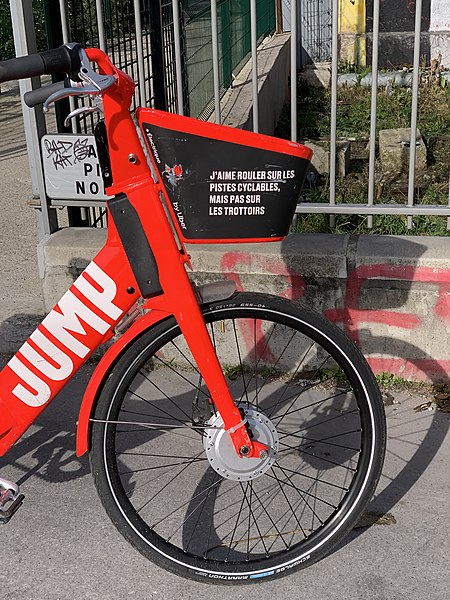
Another common sight today in the streets of Paris is the electric scooter, thanks to companies like Jump, Lime and Dott. Initially with minimal regulation (now, certain rules are in place, such as a ban on two people riding together), these have arguably been allowed to flourish rather too much. Scooters can often be seen obstructing the pavement or occupying car parking spaces.

It’s also possible to hire the other kind of electric scooter in Paris, thanks to Cityscoot.
The local authority has also been keen to innovate, with trials of automated buses in La Défense, the bois de Vincennes, and between the Gare de Lyon and Austerlitz railway stations.
Press F to pay respects…
The 2010s saw the coming and going of Autolib’, a public, electric carsharing service on the model of Vélib’. Although popular, this service wasn’t profitable for the Bolloré group, which held the concession. In 2018, this company asked the local authority for an extra €40 million per year. They refused, and the contract met an early demise, five years before its scheduled end date.
The war on the motorist
Controversially, mayor Anne Hidalgo has been enthusiastic about reducing the place of the private car in Paris. Keen to reduce pollution in the region, she and the municipal council have:
- overseen the closure of a large central section of the Voie Georges-Pompidou, a controlled-access highway on the right bank of the Seine;
- created huge numbers of new cycle lanes, including two-way corridors on streets such as the rue Rivoli and the boulevard de Sébastopol;
- redesigned various public squares: the place de la République (actually under Hidalgo’s predecessor Bertrand Delanoë) and the place de la Bastille, once roundabouts, now consist of two-way streets on three sides, with the other side closed, making the centre of the square more accessible. Meanwhile, the place de la Nation and the place d’Italie have seen their traffic lanes reduced and new pedestrian crossings installed;
- closed various streets and neighbourhoods on Sundays and public holidays, including the famous avenue des Champs-Élysées on the first Sunday of the month;
- introduced alternating restrictions based on registration plate during times of extreme pollution;
- begun rolling out a ban on all petrol and diesel cars from 2030, starting with the most polluting. Since summer 2017, all diesel cars manufactured before 2001 have been banned from Paris; in January 2019 this ban was extended to neighbouring towns, while diesel cars older than 2006 have been banned inside the city. The ban applies every day between 8 am and 8 pm.
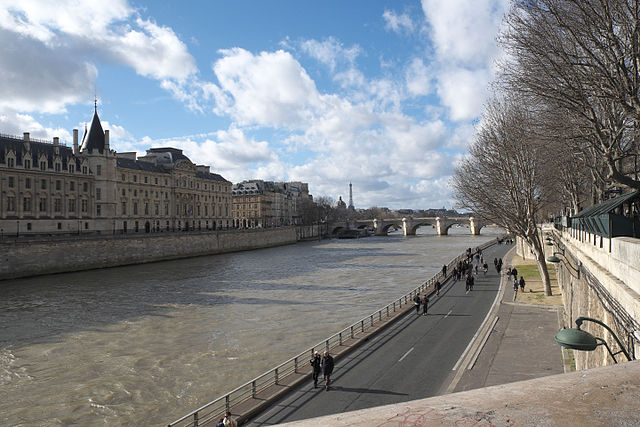
Personally I welcome all these developments, but I think more needs to be done, especially at junctions. Creating new cycle lanes is great, but at many junctions cyclists still have to contend with drivers who often pay little heed to their rights. Traffic lights could be improved at many junctions to introduce an all-red period to let pedestrians cross diagonally without waiting twice. And more zebra crossings, especially at side streets, could be raised to force drivers to slow down and give way.
Thank you to all my readers this year. I look forward to another year telling the stories of the streets, buildings and transport infrastructure of my beautiful home. Happy New Year!
 Fabric of Paris
Fabric of Paris